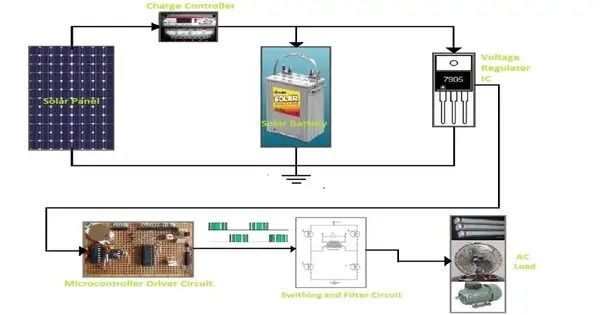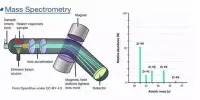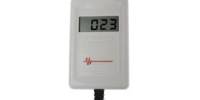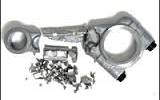A grid-tie inverter transforms direct current (DC) into alternating current (AC), which can be injected into an electrical power grid at the same voltage and frequency. It is a device used in renewable energy systems, specifically solar power systems. Grid-tie inverters are used to connect local electrical power generators such as solar panels, wind turbines, hydroelectric plants, and the grid.
Its primary role is to convert direct current (DC) electricity generated by solar panels into alternating current (AC) electricity, which can then be sent into the electrical grid or consumed by local electrical loads. Grid-tie inverters must match the voltage, frequency, and phase of the grid sine wave AC waveform precisely in order to inject electrical power into the grid effectively and safely.
Here’s how it works:
- DC to AC Conversion: Solar panels generate DC electricity when exposed to sunlight. The grid-tie inverter takes this DC electricity and converts it into AC electricity, which is the type of electricity used by most household appliances and the electrical grid.
- Synchronization with the Grid: The output AC electricity from the inverter must be synchronized with the grid’s frequency and voltage. This ensures that the electricity generated by the solar panels can seamlessly integrate with the existing electrical grid.
- Power Optimization: Grid-tie inverters often incorporate maximum power point tracking (MPPT) technology. MPPT helps optimize the power output of the solar panels by constantly adjusting the operating voltage and current to maximize the amount of electricity generated, especially under varying sunlight conditions.
- Grid Interaction: The grid-tie inverter converts the electricity into alternating current (AC), which can then be utilized to power electrical loads within the building or sent into the grid. If the solar system produces more electricity than is consumed locally, the excess electricity can be exported to the grid, which commonly results in credits or compensation for the system owner via net metering or feed-in tariffs.
Overall, grid-tie inverters serve an important role in allowing solar power systems to contribute to the existing electrical infrastructure by efficiently converting solar energy into usable electricity and connecting it to the grid.
















